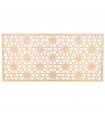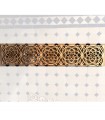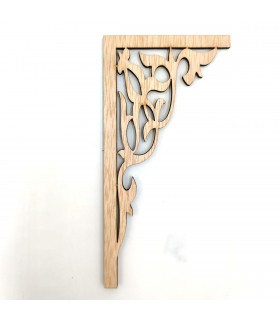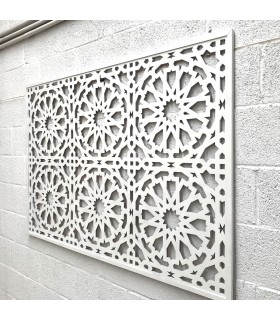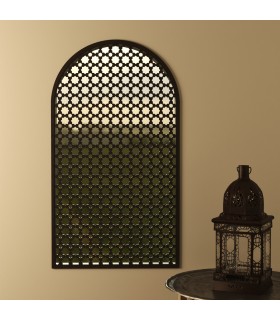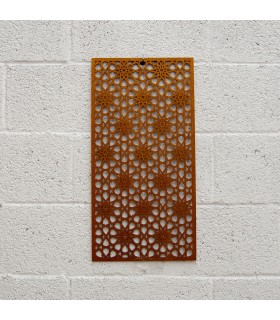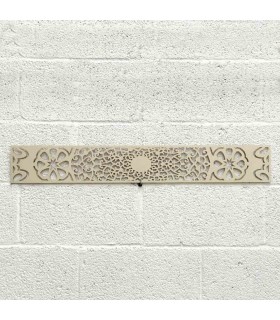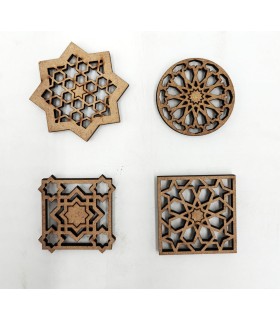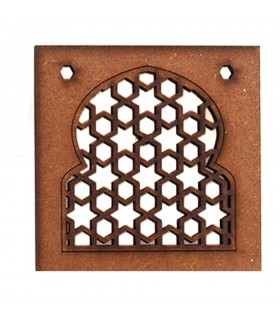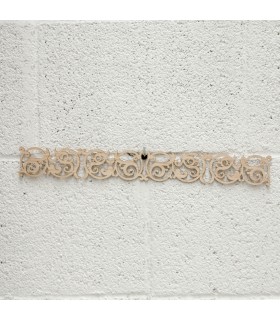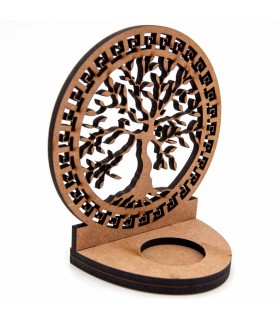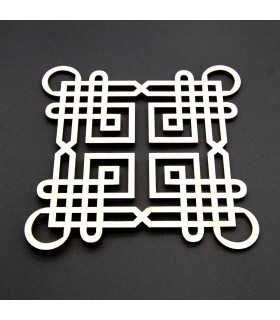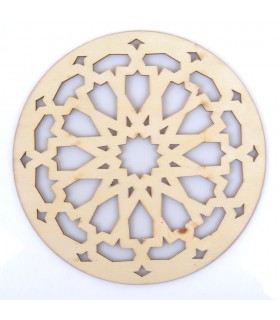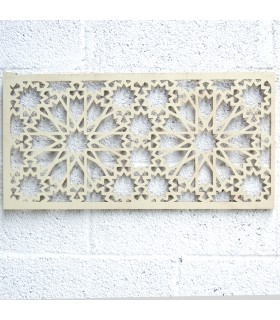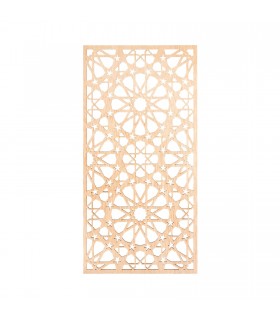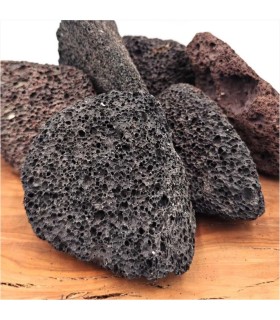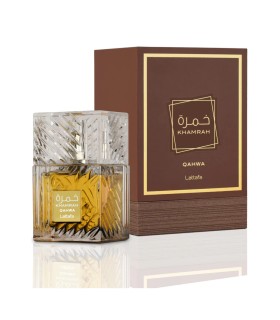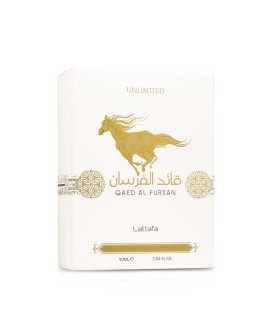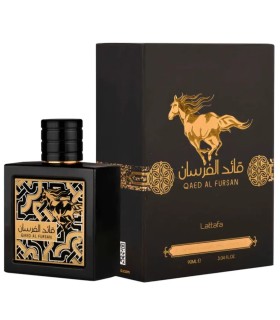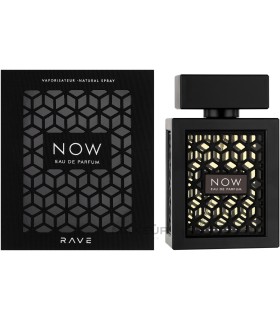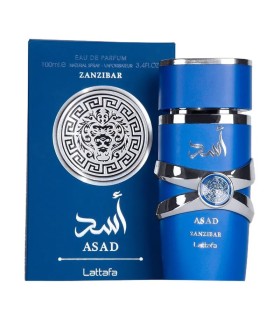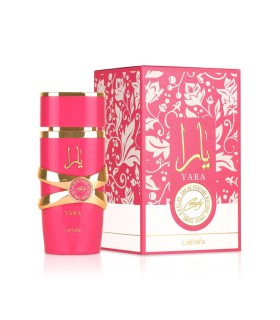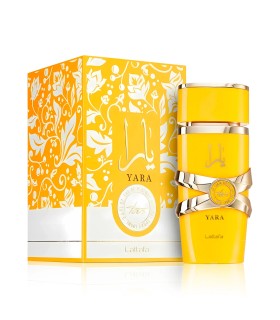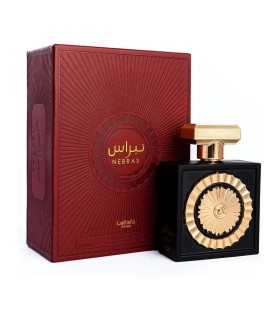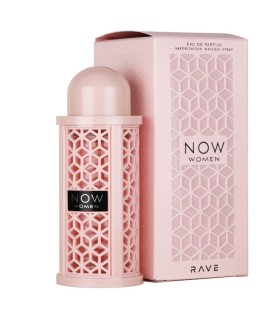We are manufacturers of countless products by laser cutting or engraving. Wood and its by-products, mdf, laminated wood, etc., leather, plastic, are products with which you can manufacture and design many products, furniture, jewelry, logos, etc.
Ask us for a budget without commitment.
We let you what material to use, except metal, wood, plastic, leather, rubber, methacrylate...
You tell us what you need and we adapt to your needs.
Ideal to recreate any environment, modern or old, Arabic, Moroccan, Andalusian...
You can make shelves, tables, room divider screens, false ceilings, furniture decoration, tables, cabinets.
What materials can be cut with the laser?
Plastic | Miscellaneous | ||
|---|---|---|---|
| Acrylonitrile Butadiene Styrene (ABS) | Polyethylene terephthalate (PET) | Wood | |
| Acrylic/PMMA, for example Plexiglas® | Polyamide (PI) | White paper) | |
| Rubber | Polyoxymethylene (POM) - eg Delrin® | Colored paper) | |
| Polyamide (PA) | Polypropylene (PP) | Foods | |
| Polybutylene terephthalate (PBT) | Polyphenylene Sulfide (PPS) | Leather | |
| Polycarbonate (PC) | Polystyrene (PS) | Cloth | |
| Polyethylene (PE) | Polyurethane (PUR) | cardboard | |
| Polyester (PES) | Foam (PVC-free) | Cork | |
Descriptive: The Lattice
Lattice
The latticeit does not constitute an architectural space, but rather an enclosure element used by architecture.
The Royal Academy of Language defines the latticework as a "lattice made of wooden or iron slats that is placed in the windows of buildings or other similar openings so that people who are inside can see without being seen". The word lattice has its origin in the word zeal, which comes from the Latin Z
According to a definition of industrial engineering latticeIt is a pattern formed by diagonals or lines in the form of a mesh or in horizontal or vertical lines. We will then start from a general concept and then focus on this element placed in the whole of a work under construction, or more specifically, of a house.
ThelatticeAs we saw in the definition, it is then part of a set, it is like a fence, a collective functionality, given that a single plank does not perform any function, but is inserted and grouped with the rest. It will be in a matter of its use, and the set in which it is applied, that which determines the method of manufacture and the materials used. Over time, the latticeand its application in decoration and construction has made it possible to develop its construction in the most diverse materials, ranging from the classic use of wood -of different qualities and gauges- to steel, passing through aluminium, iron, plaster or concrete. As we said, this will depend on the use that is assigned to the lattice.
Origin and uses of the lattice
The lattice in gardening is frequent as a support for climbing plants, and can be found on walls, in linear enclosures (fences), in arches, in the angles or sides of gazebos, etc.
The lattice was widely used in the
The use oflatticesIt has its origin already in antiquity. The first latticewhich is recorded as such to us, is assembled at the Karnak temple in Ancient Egypt.
From there it has been developed by the Greeks, in wood, for example, for the construction of both houses and temples. Its use was extended to any concept of architecture and engineering that had to support a larger structure.
Its application in pre-Romanesque art stands out, a process that denoted an evocation of the art of late antiquity. Also, it was applied to the decoration of parks and gardens, and castles, as could be seen with the splendor of the Arabs. Monumental works are those that survive in Moorish Spain. the architecture andallusiit is in its originality, the result of the synthesis between the elements that characterize Muslim art, those of the Visigothic tradition in the Iberian Peninsula, and the contributions of Andalusian society. The materials used to make latticesThey have been varied, in general the type of material that was easy to work with was selected in order to see the implementation quickly.
Andalusian workers made latticework, both in masonry brick and concrete mud, plasterwork, ironwrought irons, etc.
ThelatticesThey were used to cover the openings, and they were built in the form of an openwork board so that it could not be seen from the outside in. In the composition, its format is usually geometric, with the infinite repetition of the chosen motif, they were also designed with plant and epigraphic motifs. In Spain too, the convents and the art exhibited in their openings are characteristic.
Thelatticehas had different records in the history of architecture and art, one of them being that of 1570 by Andrea Palladio, who published in his book Quattro Libri dell'Architettura,the description of the instructions for the construction of truss bridges made of wood. But without a doubt, the most famous lattice-based structure in the world is the E Tower.iffell, which bears this name because it was designed and proposed by Gustave Eiffell for the Universal Exhibition in Paris in 1889. With its latticesmade of wrought iron, it became the tallest building of its time with almost 300 meters in height, and remains unchanged as one of the most important examples of 19th century architecture and without forgetting that it was built to commemorate of the bicentenary of the French Revolution of 1789.
garden trellis
ThelatticeIt is used in all types of buildings, preponderantlyespecially in those that make the support of structures and the completion of windows and openings in general. By extension to interior and exterior decoration. Currently, in gardens and orchards, latticesprefabricated concrete structures that allow the formation of surfaces through which vegetation can grow while maintaining its bearing capacity for heavy loads intact.
Similarly, the lattice can be used on slopes with a low incline as walls to support the ground. These decorative elements are usually placed in places where an ecological and green environment is required, minimizing the visual impact produced by urbanizations, and is combined with the ability to withstand both light and heavy traffic. The most common lattice applications are in public access areas such as parks, gardens, shopping centres, public and private car parks, etc. Its current manufacture, in vibro-pressed panels, for example, and the use of high quality materials, mean that the quality of the lattice is fully guaranteed, as well as its durability and functionality.
Traditional architecture has always developed constructive solutions that have provided its occupants with comfort in the face of adverse or unwanted climatic conditions, also ensuring a low environmental impact. Such is the case of lattices, which have had and have a use andextensive in ancient Eastern cultures such as Mesopotamia, India and Egypt, places marked by unique climatic conditions.
The lattice, its main function is ventilation and lighting as a way to provide comfort in the environment in which they are located.
The latticeIt mainly favors lighting comfort by better distributing illuminance and avoiding excessive contrast and glare, as well as its configuration that prevents obstruction of the wind and therefore slows it down.
• That the lighting comfort provided by the lattice/strong>, is based on two variables, the first is the size of the opening and the second is the section that makes it up.
• The smaller the area of the opening of the lattice/strong>, the lower the Daylight Factor (DF) will be and therefore the illuminance levels will be lower and better distributed inside.
• With a smaller area of the louver opening, glare can be avoided
• A circular section of latticeit provides higher illuminance levels on a horizontal plane than a square section louver, even when the ratio of its maximum and minimum Daylight Factor is almost the same. But on the vertical plane of the own lattice, the ratio in the circular section is1:7 while in the square section it is 1:14, favoring glare and excessive contrast.
• The lattices They favor the passage of air offering less resistance and therefore higher wind speed. That a different and varied configuration, suitable for each need, would result in higher wind speeds.


















